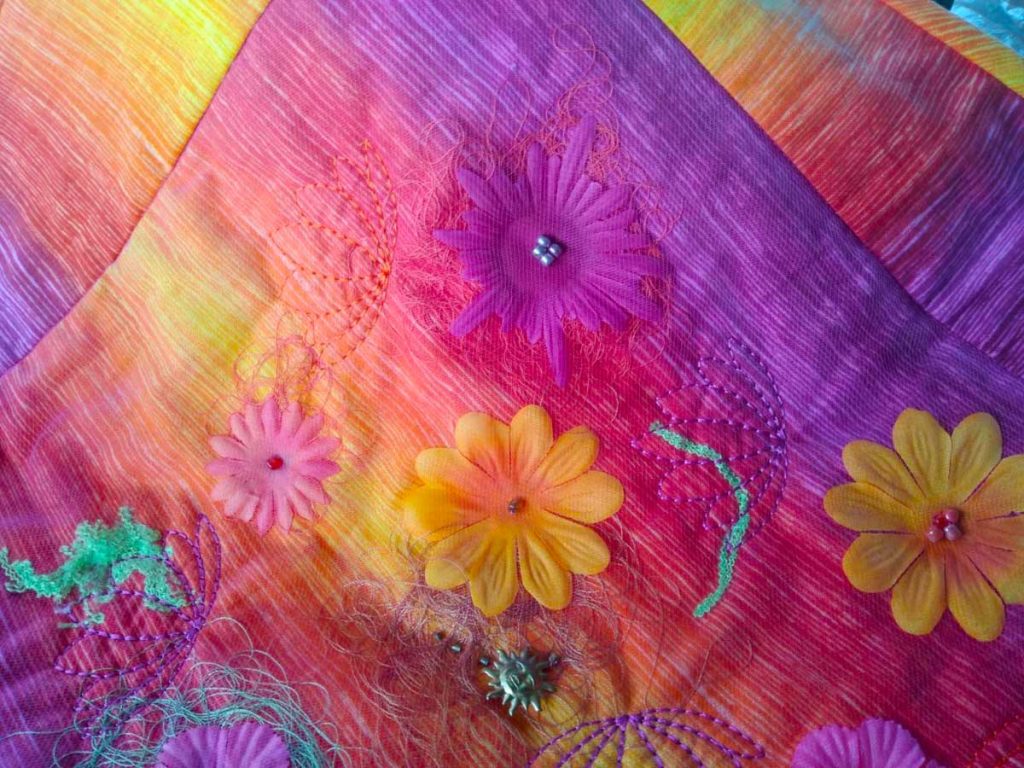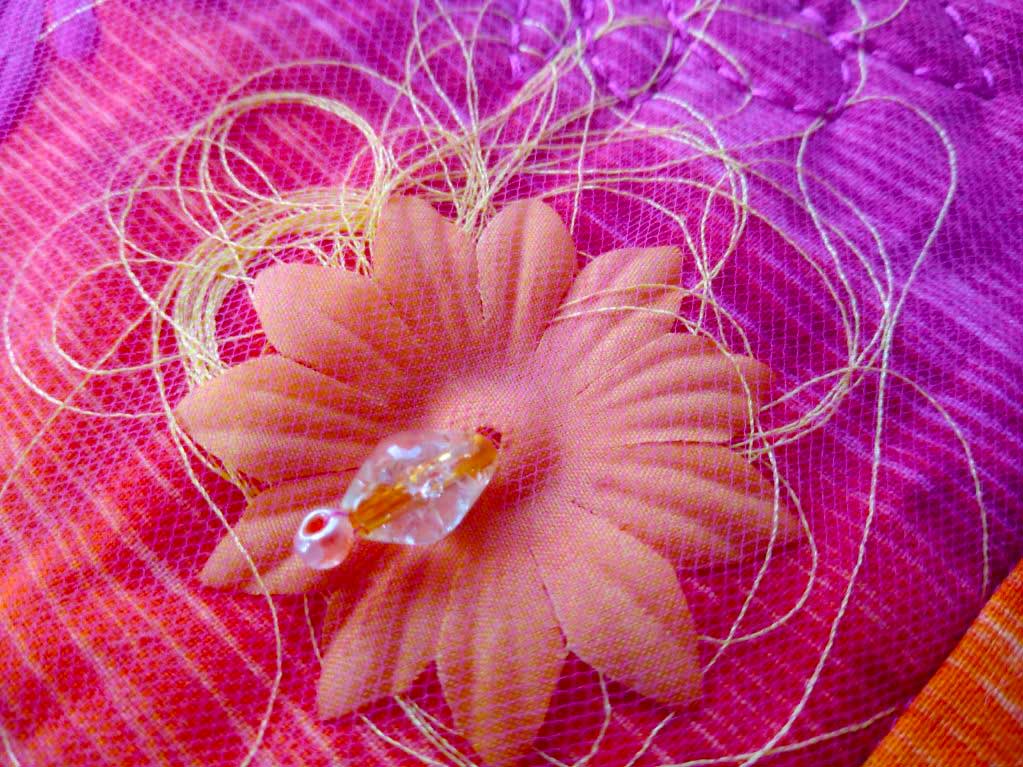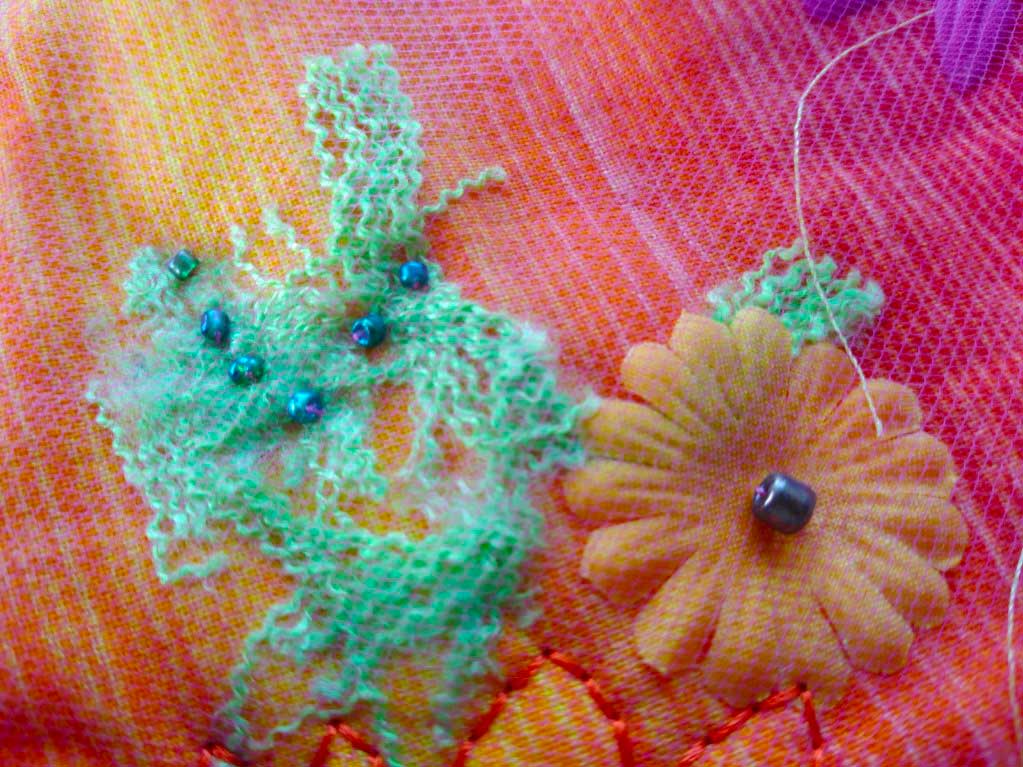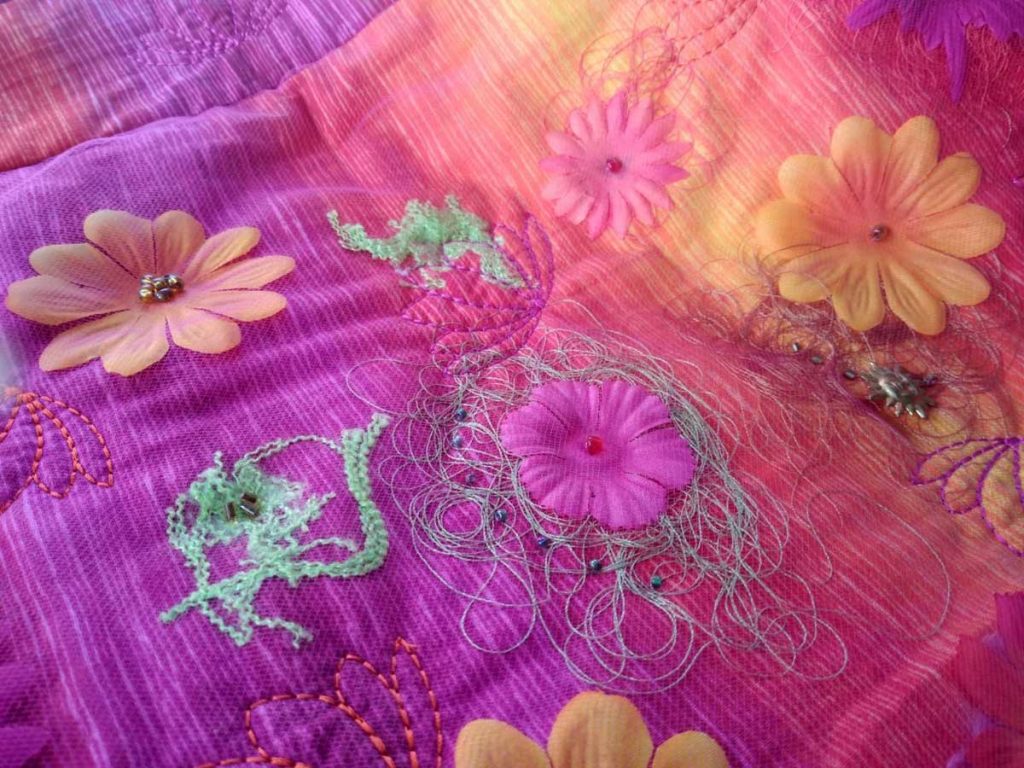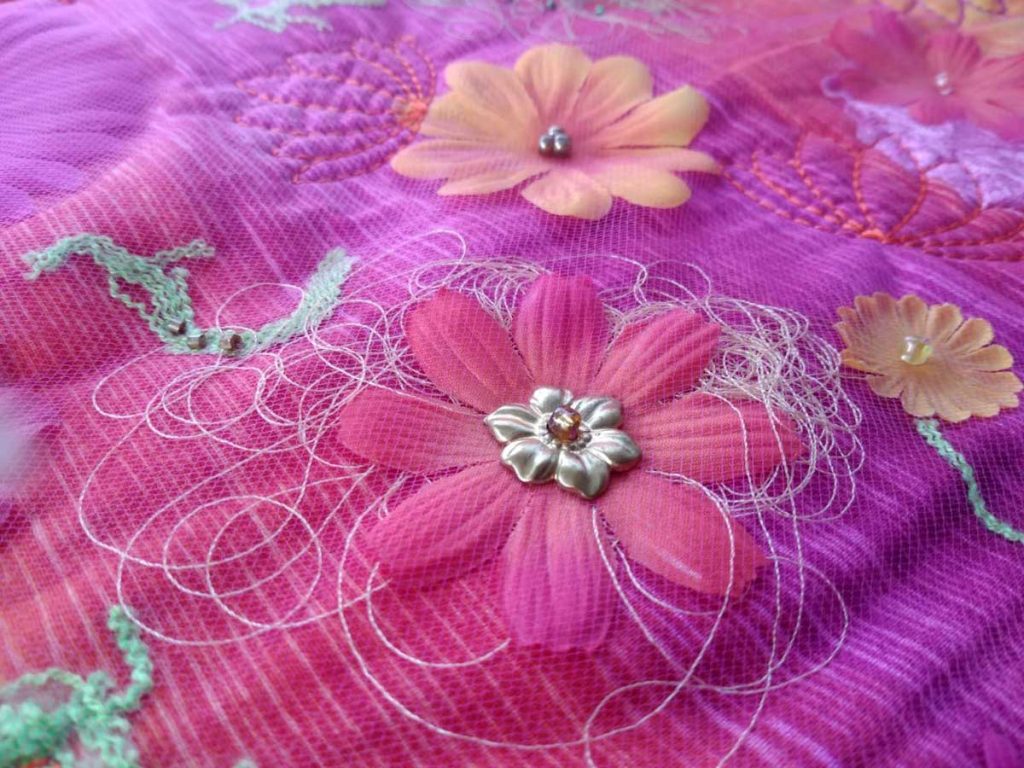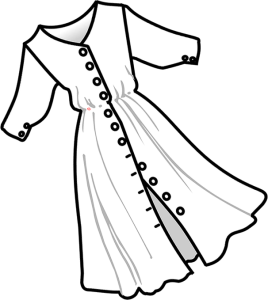Richmond, VA ASG member, Dianne Portwood, recently gave a presentation at a chapter meeting about a quilt she made that celebrates women, titled Women of the World. This is Dianne’s story of how the quilt came to be:
Since I was young, I have enjoyed watching people. It could be sitting on the pier at the beach or enjoying a cup of coffee at the mall and watching people. The expressions on their faces, faces filled with joy, laughter, or sadness. Faces tell a story… the story of a good life or one of hardships. Ah, the stories we could learn from faces! As I was growing up, I was intrigued by various faces from around the world, their colors, shapes, hair color types, and what they wear on their heads and/or faces.
In making the Women of the World quilt, I wanted to capture women’s faces from around the world, including their different head coverings, jewelry, and dresses.
The faces were hand drawn, color penciled in (eyes and mouths) and then hand embroidered with floss. Floss was also used to shape the nose, make the hair, and the feathers on the Native American hair dress. I machine embroidered a couple of flowers on the Polynesian lady and filled in with hand embroidered ones.
The face that began it all was the light skin African American on the center left. I designed an Asian quilt and was teaching a class on how to make it when a student wanted to use an African woman instead. So, I drew this face for her. I did not want my copy to go to waste, so this quilt began. I dressed her with a turban head wrap made from an African boho print with metallic weave. Her earrings are wooden. She was followed by the others.
The Eskimo woman is wearing a fur lined hoodie with eyelash yarn around her face. The red hair woman below her is from the British Isles. The Native American woman is wearing a medallion in her hair made of seed beads with a buffalo nickel made into a button in the center. Feathers and hair are made from floss. On the bottom right about 5 o’clock on the globe, the African woman’s hair was made with hundreds of French and Colonial knots. She is dressed in boho fabric with gold threads with matching earrings and necklace.
I could not make this quilt without including a woman that has or is going through the battle of cancer. She is on the lower left. With her glasses on the top of her hairless head and pink ribbon earrings, she has a worried but confident look.
The letters “Women of the World” were machine embroidered on felt then arranged of top of the globe. The made was drawn and stitched in place. The quilt was quilted by free motion quilting.
Each face in Women of the World quilt tells a story. After the faces were finished, I noticed that one reminds me of my great-grandmother. She was a farmer, lived off the land, and worked from sunup to sundown. Quilting was her winter project. She made beautiful ones, all made by hand from feed bags and old clothes. As you look at the faces, do you see one that reminds you of someone you know and love?
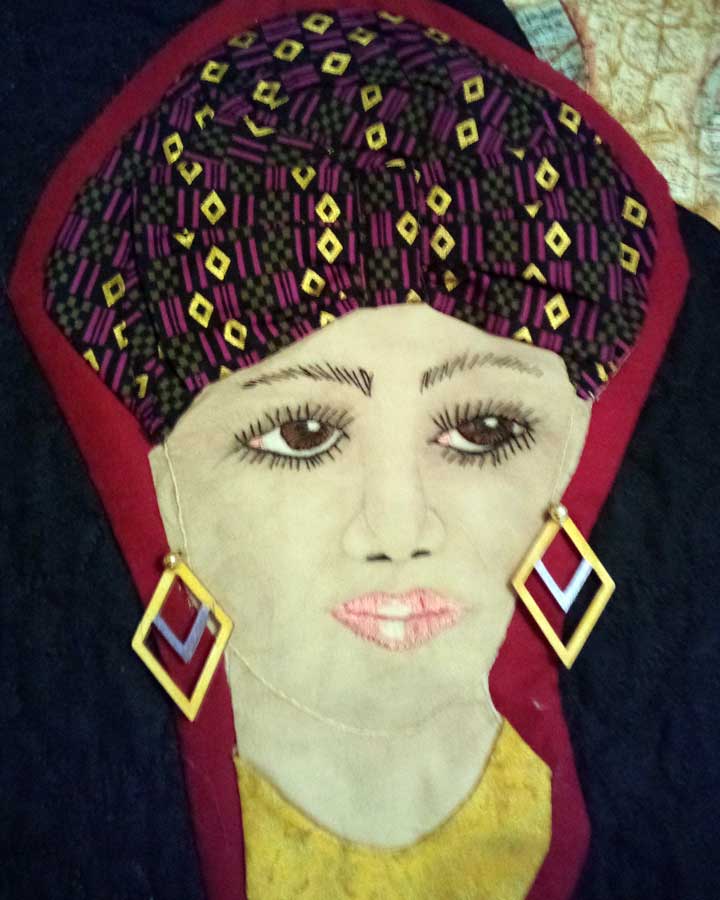
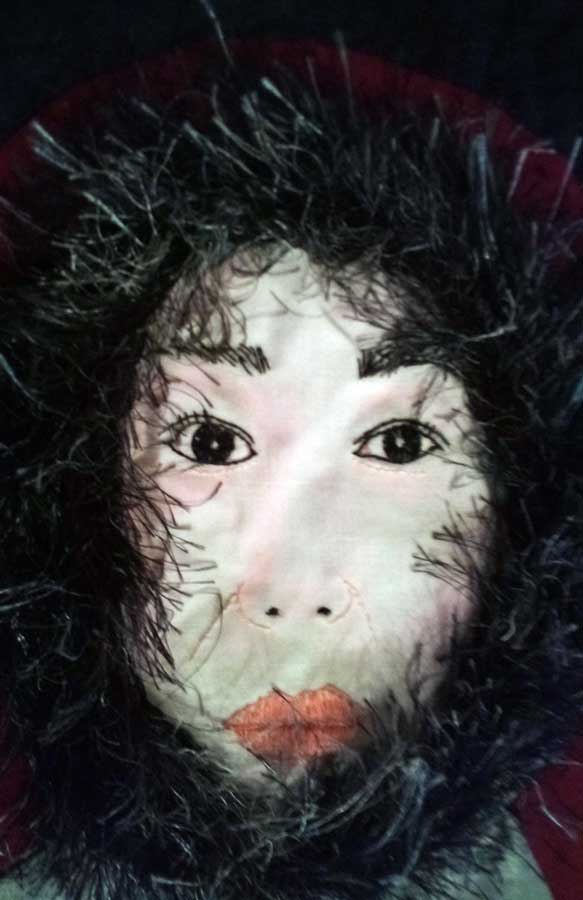
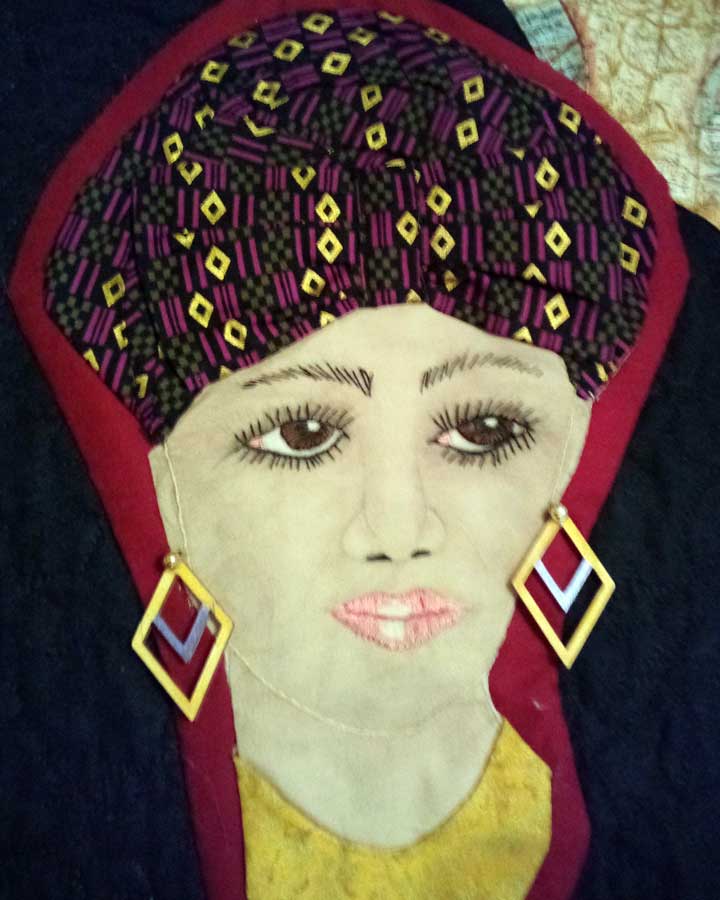





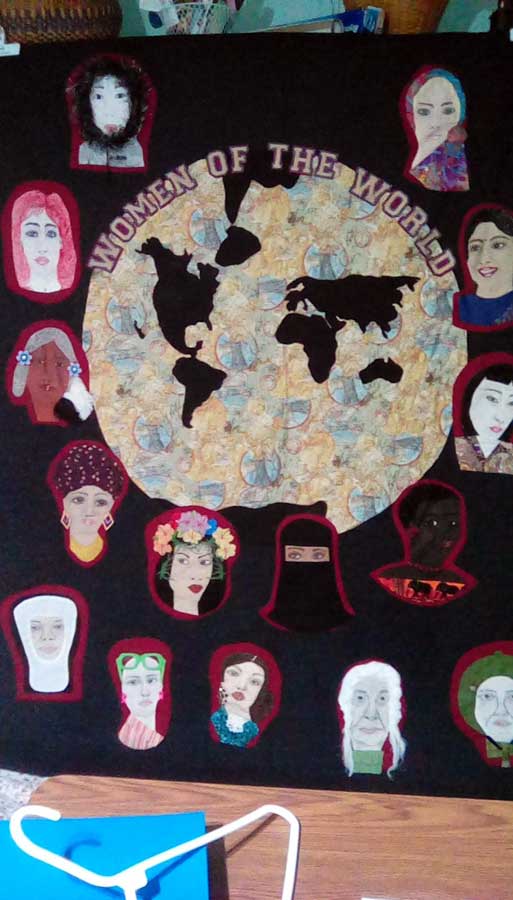
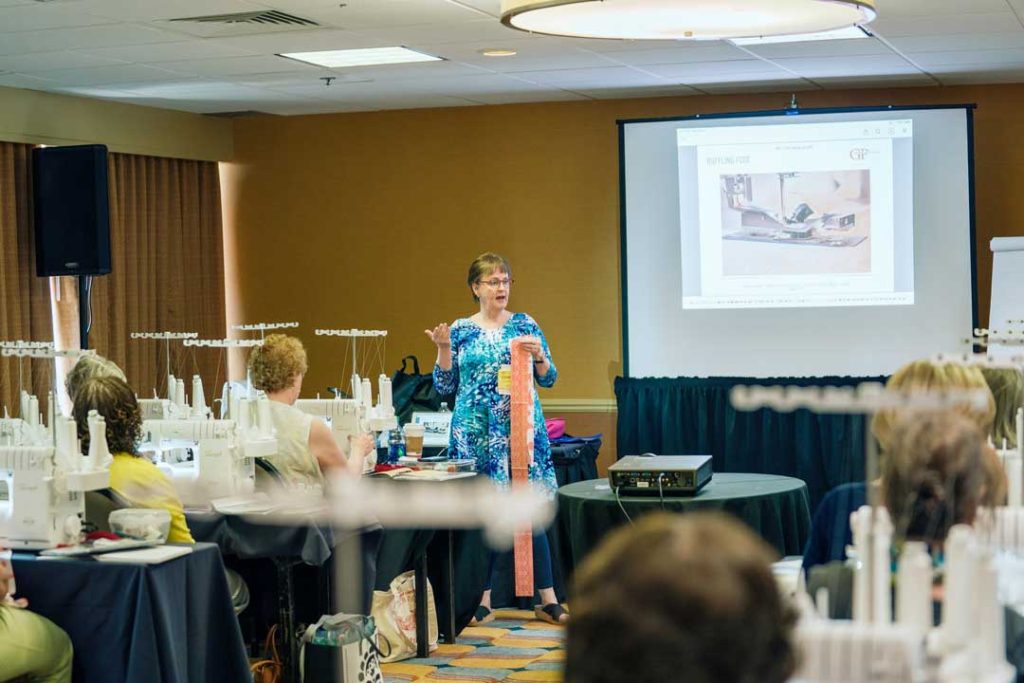
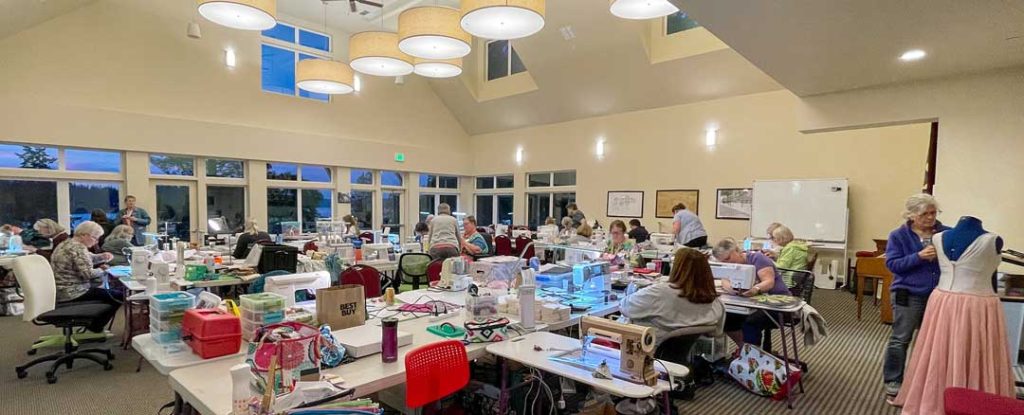
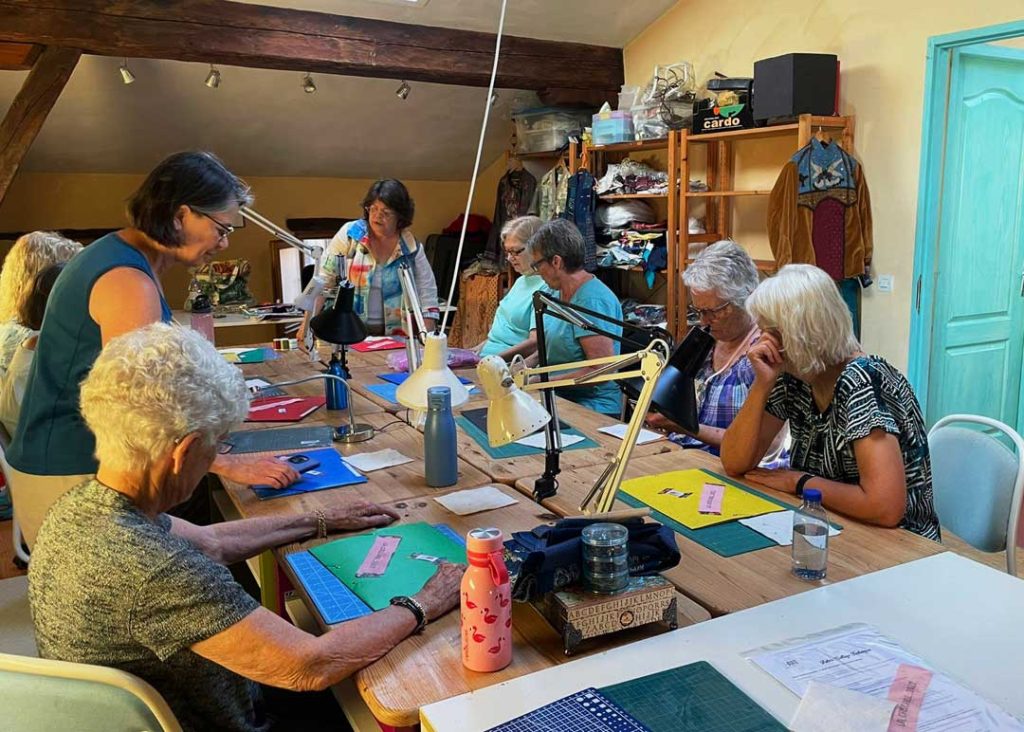
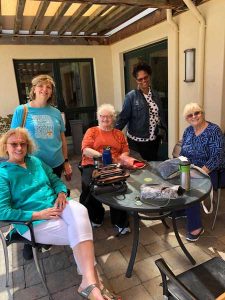
 The kinds of sewing you do — and do well — have a lot to do with your sewing temperament. For example, do you have the patience and skill it takes to do tailoring? Can you stand the repetitive work required by quilting?
The kinds of sewing you do — and do well — have a lot to do with your sewing temperament. For example, do you have the patience and skill it takes to do tailoring? Can you stand the repetitive work required by quilting?